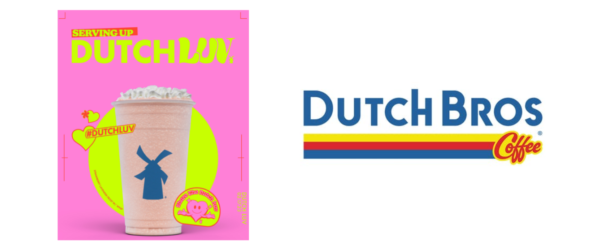Lufkin, TX: The T.L.L. Temple Foundation (TLLTF) recently awarded grants totaling $1,069,788 to the East Texas Food Bank, Southeast Texas Food Bank and Trinity River Food Bank, to help people struggling with hunger. The East Texas Food Bank and Southeast Texas Food Bank received $255,312 each to help offset the higher costs of food due to inflation. Trinity River Food Bank received $559,164 to support operations of the food bank and their partner pantries, and to help with increased food costs.
“Our region has higher rates of food insecurity than the state and nation,” said Wynn Rosser, president and CEO of the T.L.L. Temple Foundation. “Alleviating food insecurity is one of the foundation’s highest priorities.”
The East Food Bank serves 11 counties within TLLTF’s 24-county service area: Bowie, Cass, Anderson, Cherokee, Rusk, Panola, Shelby, Houston, Nacogdoches, Angelina, and San Augustine.
“ETFB and the foundation have a history of working together to end hunger, and we are appreciative of their dedication to our service area,” said Dennis Cullinane, CEO of the East Texas Food Bank. “The costs of groceries is hurting so many of our neighbors and leaving many families with having to make decisions between paying utilities, rent and medicine or buying food. We are thankful for our partnership with the T.L.L. Temple Foundation and their goal of ensuring that hungry East Texans have access to healthy food.”
The Southeast Texas Food Bank serves 14,000 families a month in the foundation’s eight-county service areas of Hardin, Jasper, Jefferson, Newton, Orange, Polk, Sabine, and Tyler.
“More families are searching for nutritious foods that do not heavily burden an already challenging family budget and are turning to food pantries for support,” said Harvey Zernial, president and CEO of the Southeast Texas Food Bank. “This additional funding is allowing us to add variety to our offerings at no cost to the food pantries and the families. We are truly blessed with the partnership we have with the T.L.L. Temple Foundation and this support comes at a great time of need.”
“The T.L.L. Temple Foundation has provided Trinity River Food Bank with generous support to fight hunger in four rural East Texas counties over the next three years,” said Christine Shippey, president and CEO. “We are passionate about connecting East Texans with nutritious, affordable food to prevent the hunger epidemic from stunting bodies, minds, and dreams for the future. Foundation funding will help cover our core operating costs, expand the capacity of our partners, and extend our fleet of vehicles to serve remote parts of Liberty, San Jacinto, Trinity, and Walker counties.”
About T.L.L. Temple Foundation: The T.L.L. Temple Foundation works alongside rural communities to build a thriving East Texas and to alleviate poverty, creating access and opportunities for all. Since its founding in 1962 by Mrs. Georgie Temple Munz, the T.L.L. Temple Foundation has invested more than $550 million primarily to strengthen communities in rural East Texas. For more information about the foundation, visit www.tlltemple.foundation.

 Leslie works full-time at a daycare, but struggles with having enough money to pay bills and put food on the table for her children ages 7, 12 and 14.
Leslie works full-time at a daycare, but struggles with having enough money to pay bills and put food on the table for her children ages 7, 12 and 14.